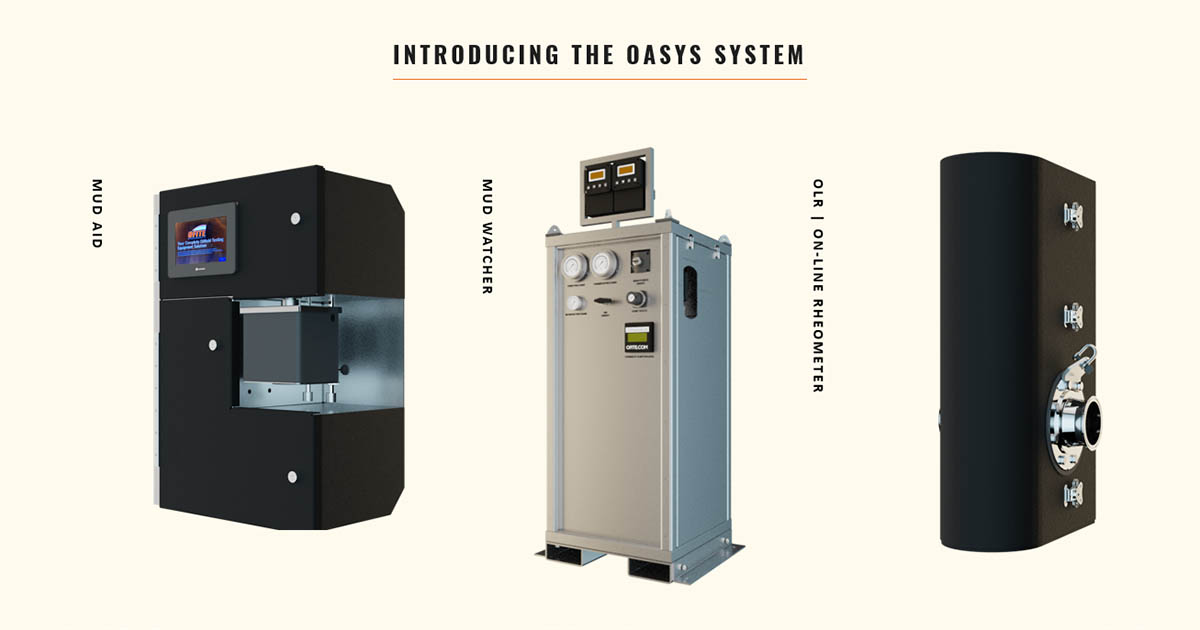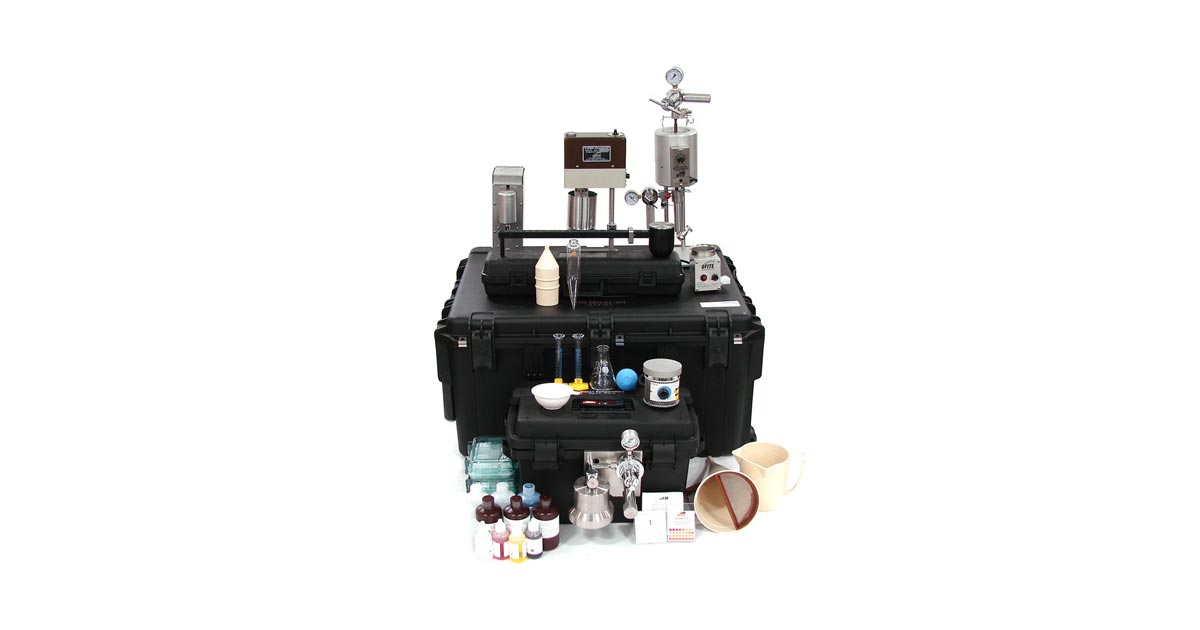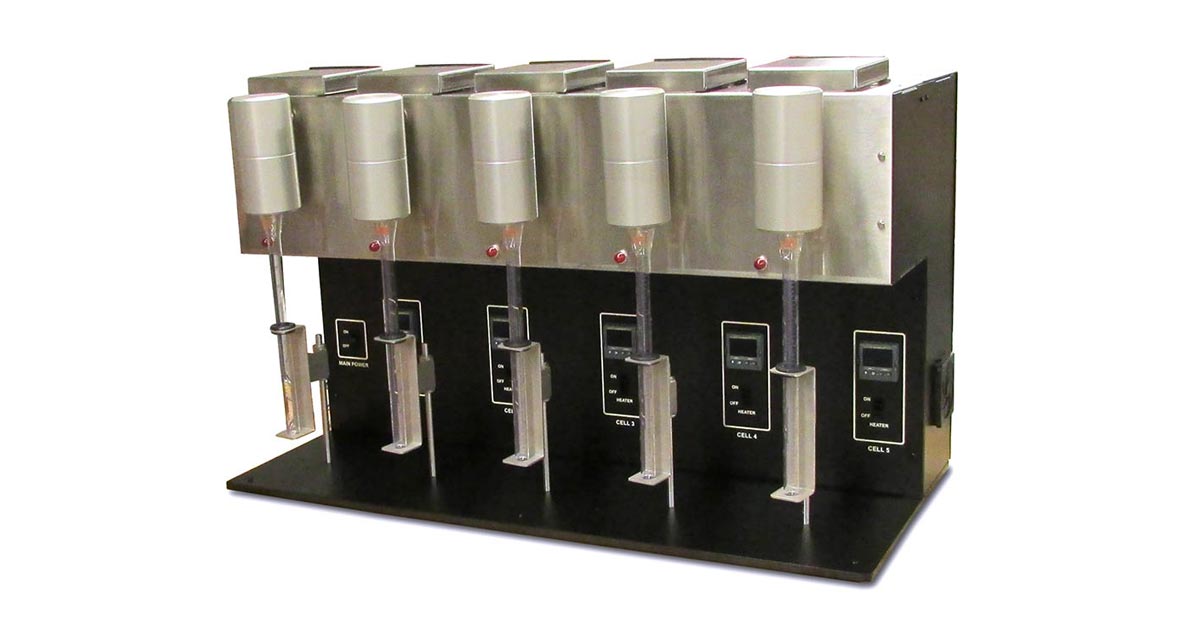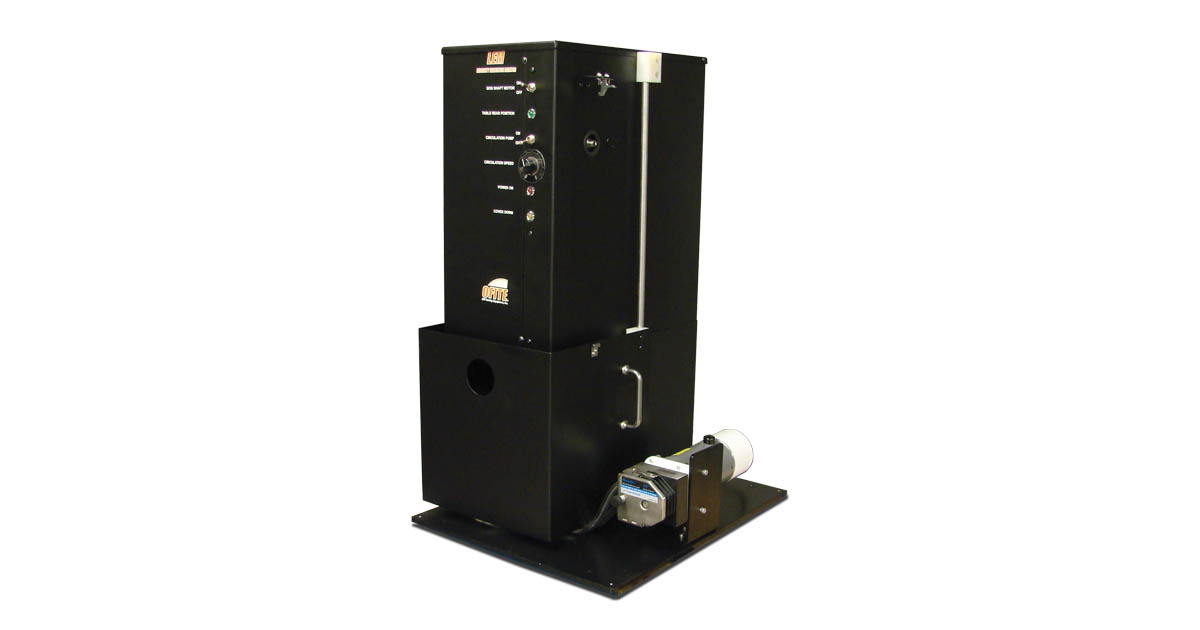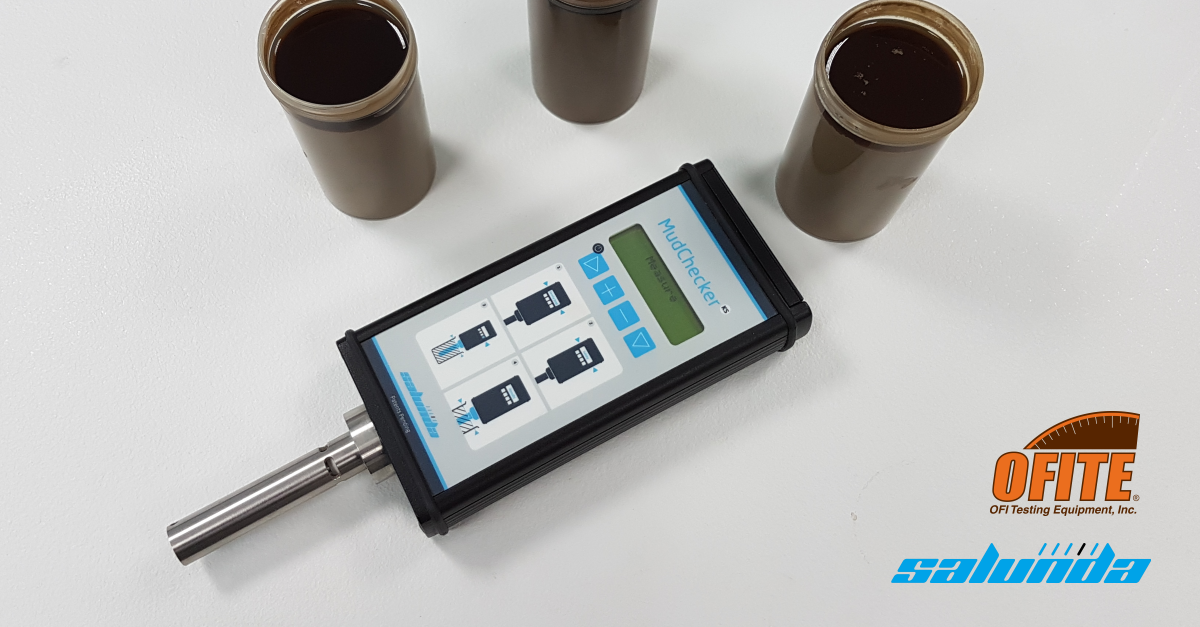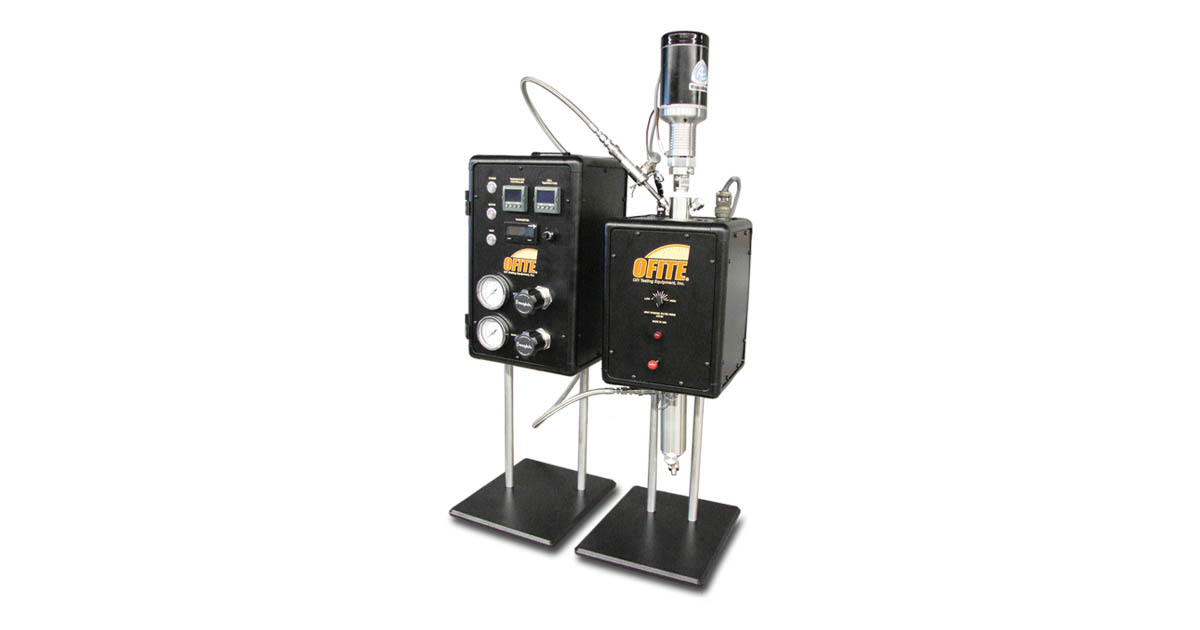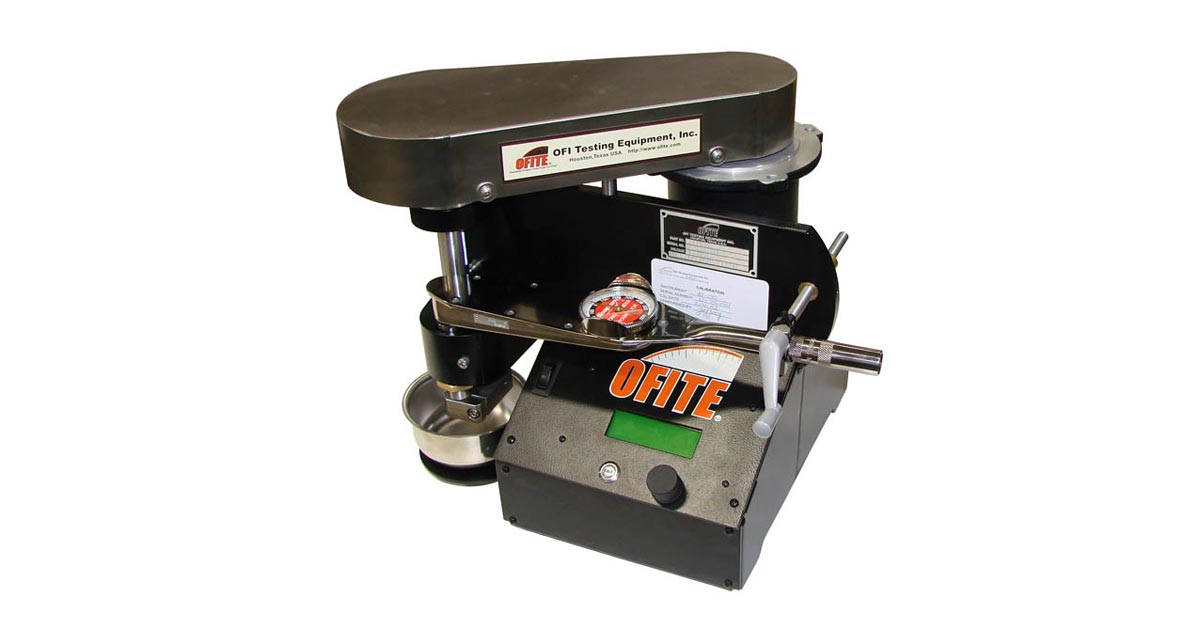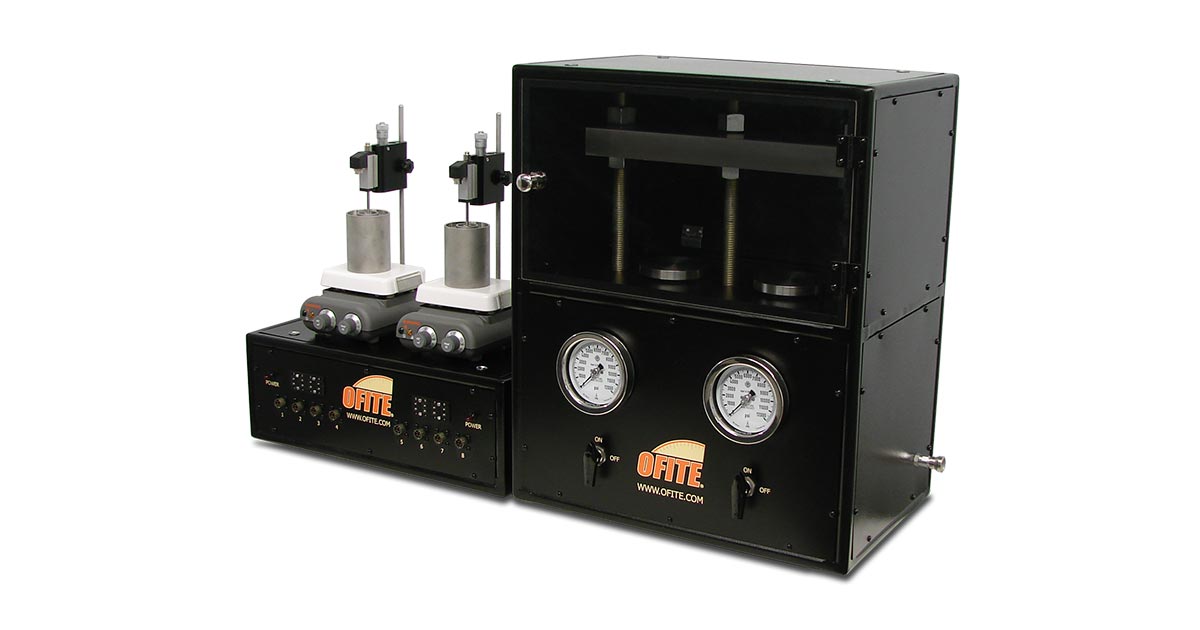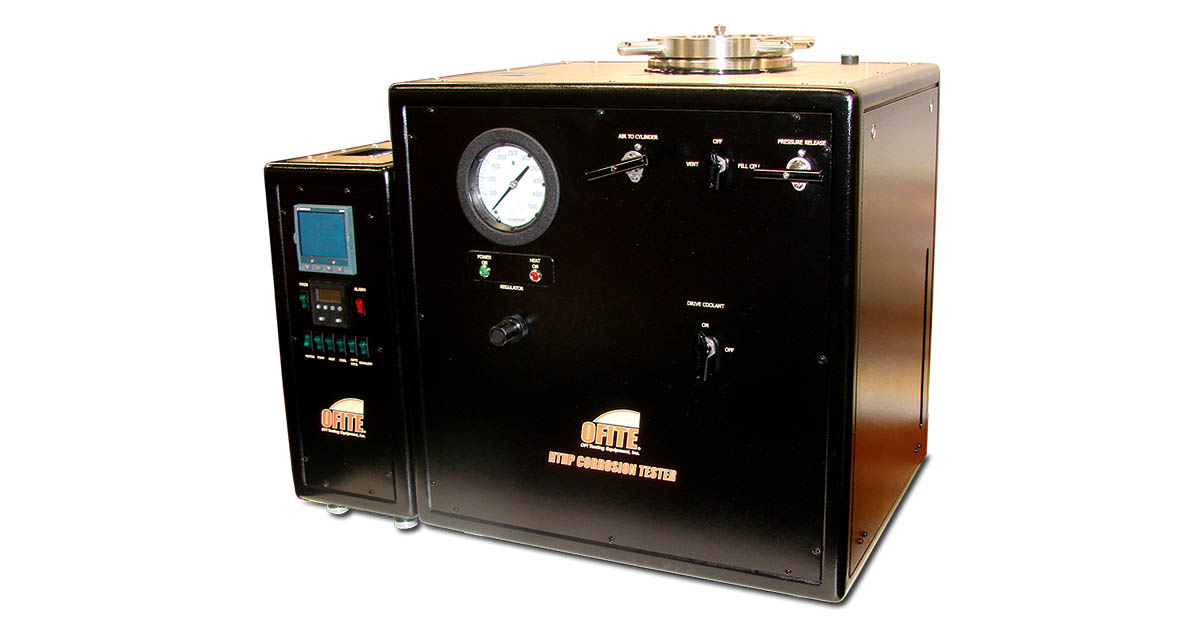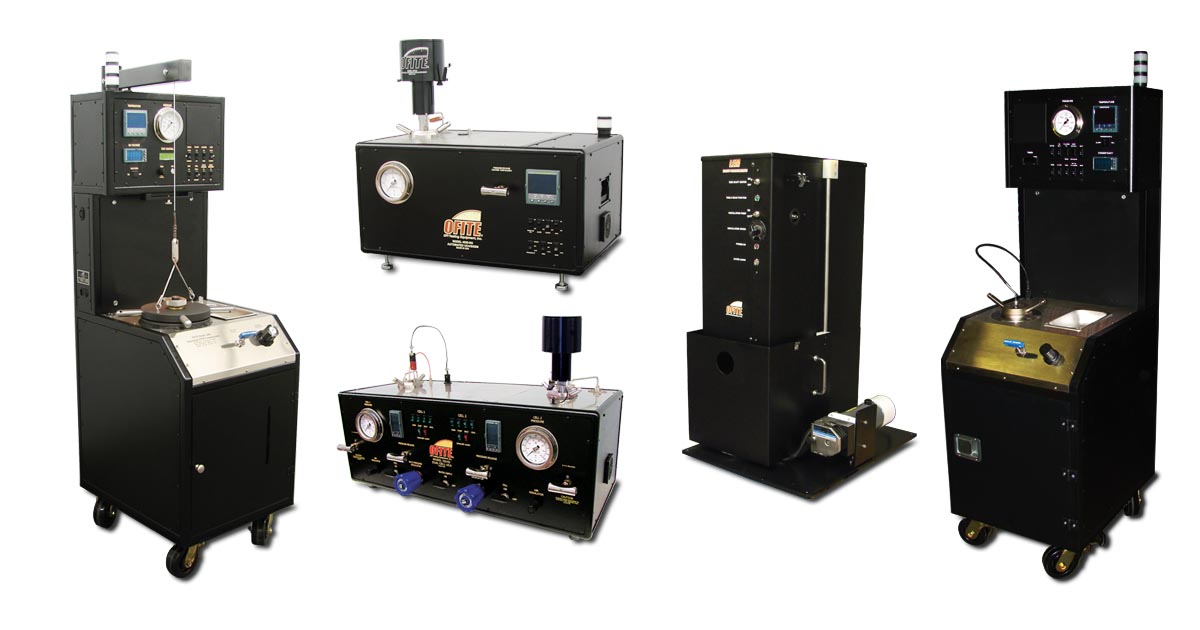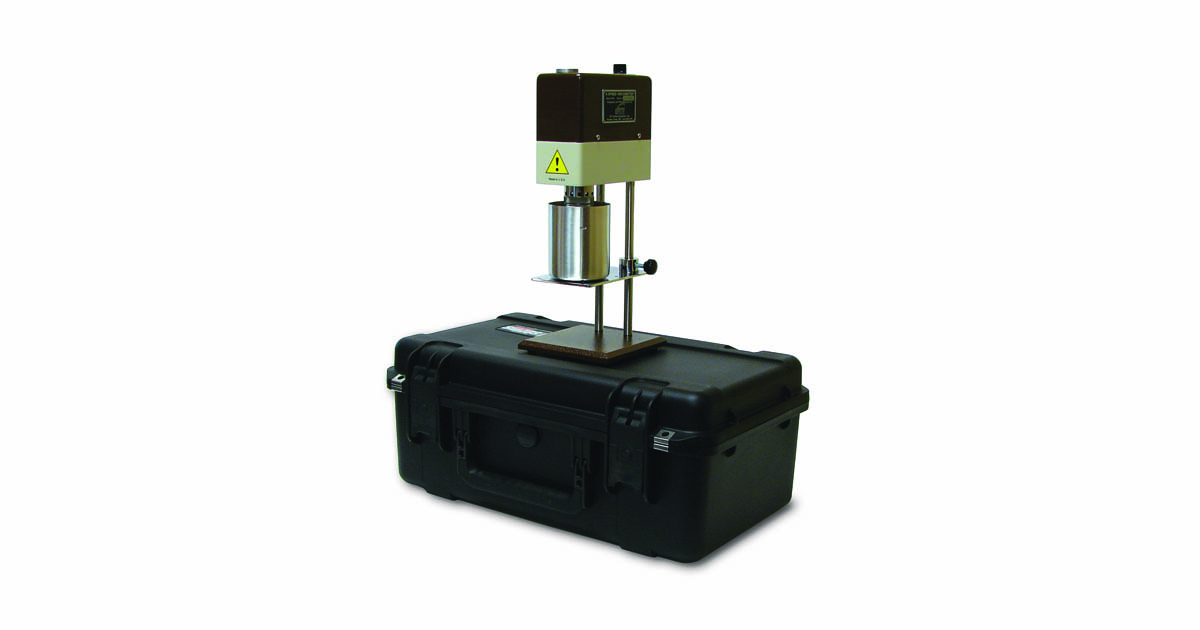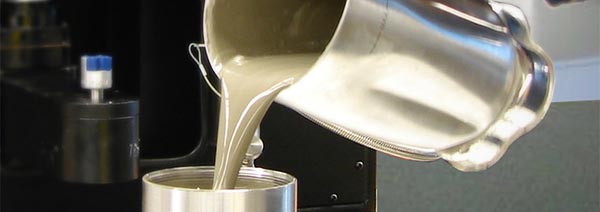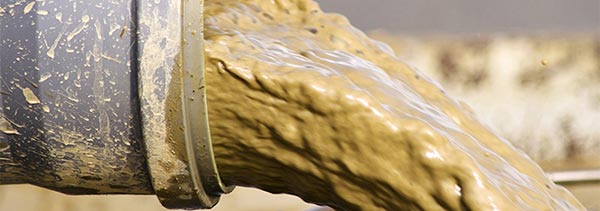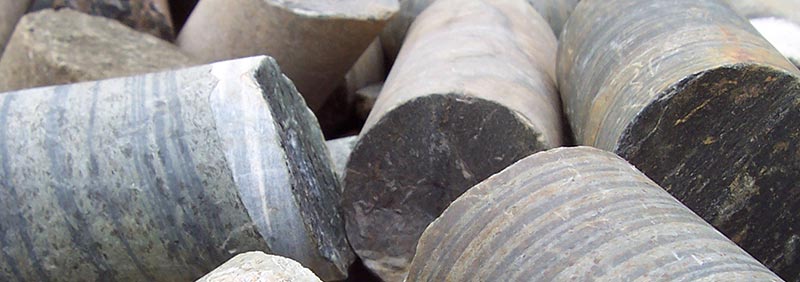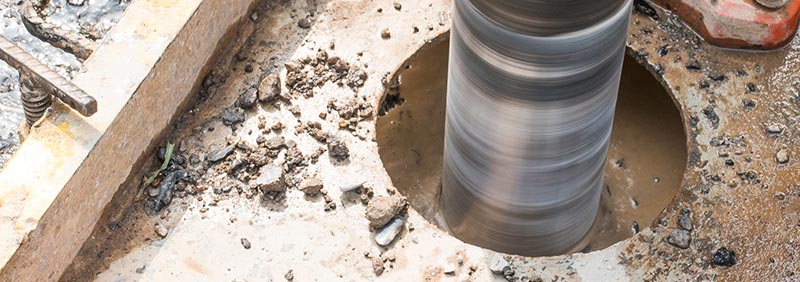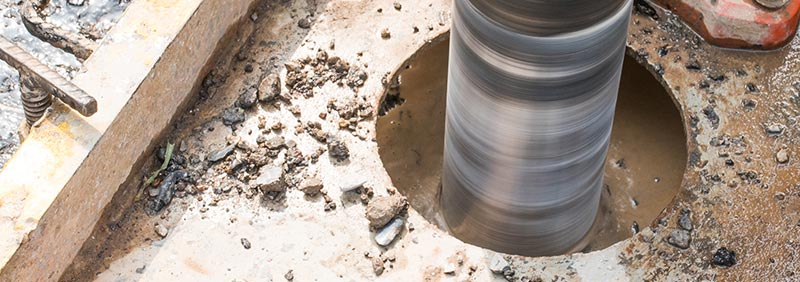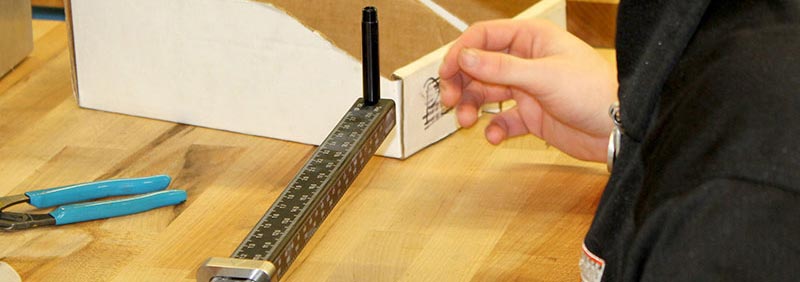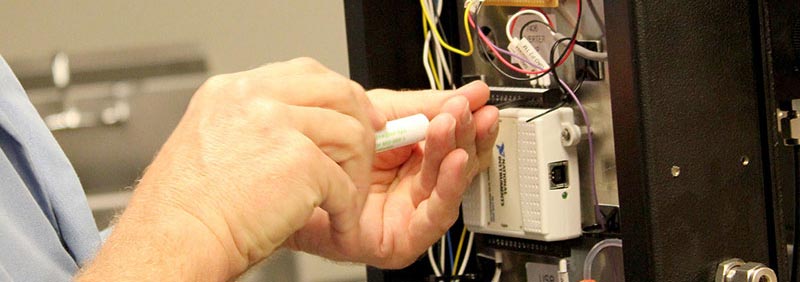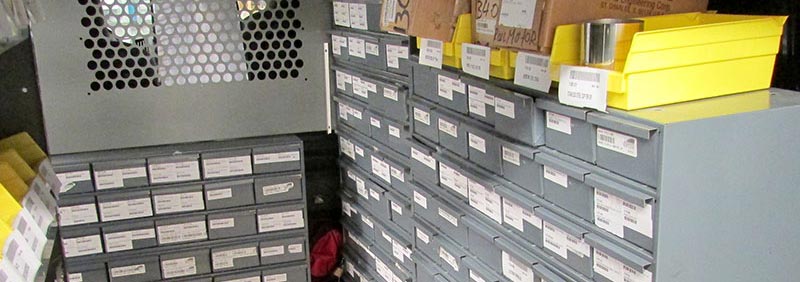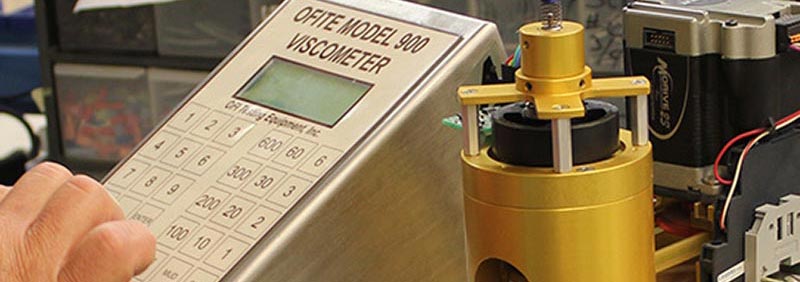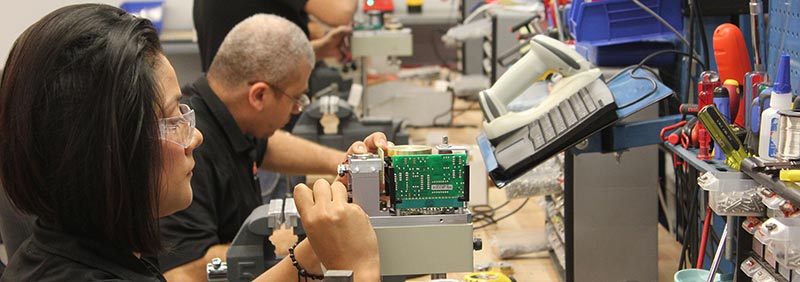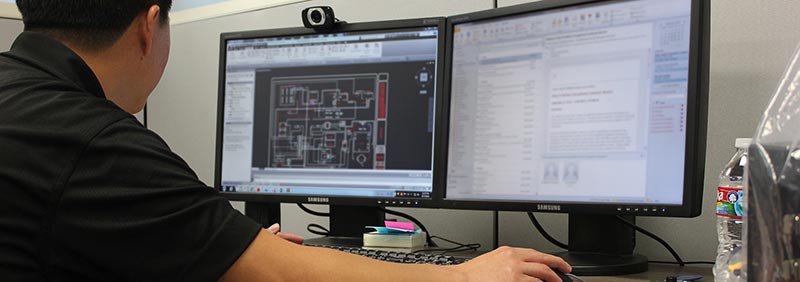OFITE is excited to launch the OFITE Automated System (OASys). OASys is an innovative solution for the real-time measurement and reporting of drilling...
Newsroom
The Mud Engineer's Testing Equipment on Rollers (METEOR) Kit contains all the equipment you'll need to conduct tests on water and oil-based muds (with...
The Retort is designed to measure the percentage of oil, water, and solids in a sample of drilling fluid or cuttings. This percentage is crucial for c...
Excessive torque and drag is a common problem in the drill string. It can cause a variety of problems that negatively impact well efficiency. The prim...
PRESS RELEASE A new partnership will see US-based OFI Testing Equipment, Inc. handle global distribution for monitoring specialists Salunda Limited’s ...
OFITE is excited to be hosting a new drilling fluids training program at our facility in Houston, TX. Classes are led by David Breeden, a consultant w...
Filtration testing is critical to understanding the effectiveness of a drilling mud system. Excess fluid loss can cause costly damage and drilling del...
The Retort measures the percentage (%) of oil, water, and solids in a sample of drilling fluid or cuttings. The results from a Retort test are essenti...
The lubricating properties of drilling fluids are an important factor in well design. Deviated holes are particularly susceptible to excess drag betwe...
Shale swelling is a major cause of wellbore instability. It can lead to a variety of problems, such as hole sloughing, pipe drag, bit balling, stuck p...
Corrosion costs the drilling industry billions of dollars every year. Drill pipe, casing, and downhole tools are particularly vulnerable. To measure t...
Times are tough in the oil patch. Staffing is reduced, budgets are cut, and approval processes are tightened. It is harder than ever to keep your lab ...
The Model 800 Viscometer has been around for years. It’s the workhorse of laboratory and field rheological testing. But why is it so popular? Why do s...
Excessive torque and drag (ETD) is a common drilling problem, especially in extended-reach wells. ETD can cause lower penetration rates, increased hoo...
Many drilling problems can be traced to the interaction between shale rock materials and drilling fluids. Testing the characteristics of the shale is ...
The flow-back characteristics of drill-in fluids are critical to the productivity of a well. If the fluid plugs the production screen, it will not onl...
Any instrument that operates at elevated temperatures and pressures creates a safety concern in the lab. HTHP filter press cells are no differen...
After the success of our Advanced Four-Unit HTHP Filter Press for 175 mL cells, we have developed a new version. This one is a two-unit model th...
Traditional filtration testing has always been limited by testing static conditions. Yet most of the time, drilling fluid is circulating through the w...

